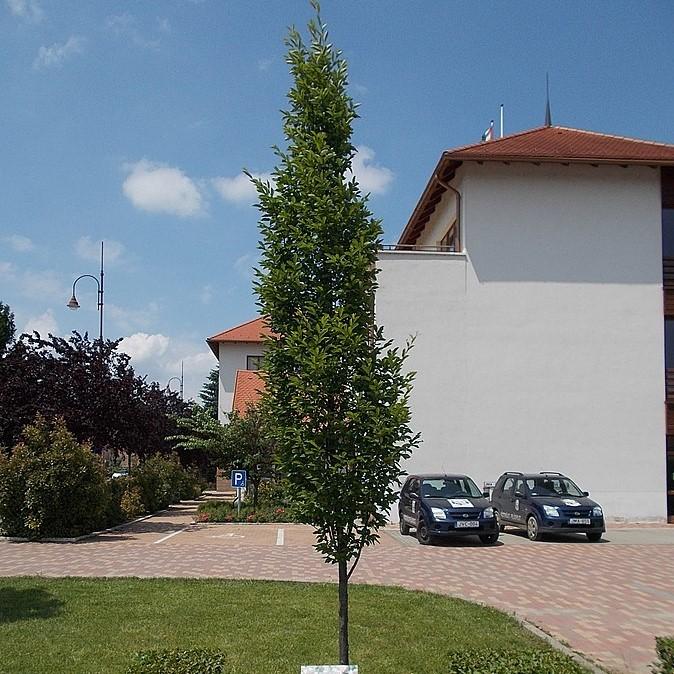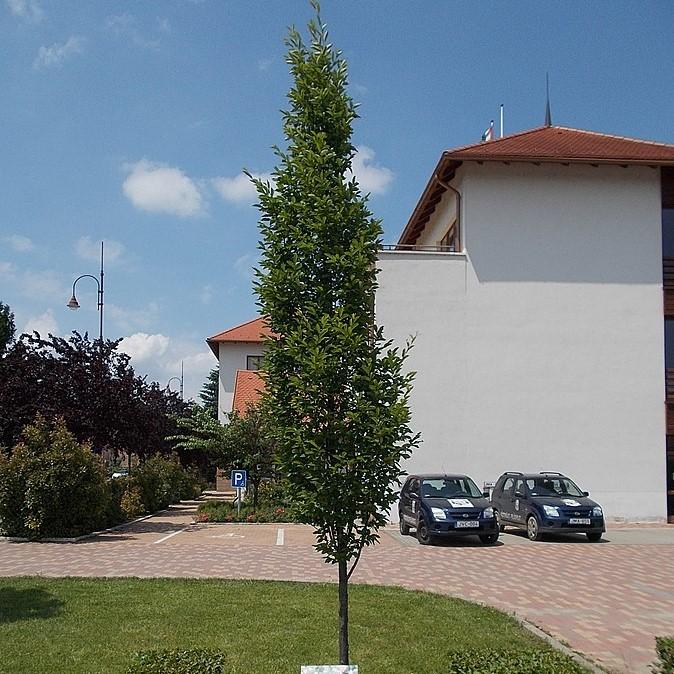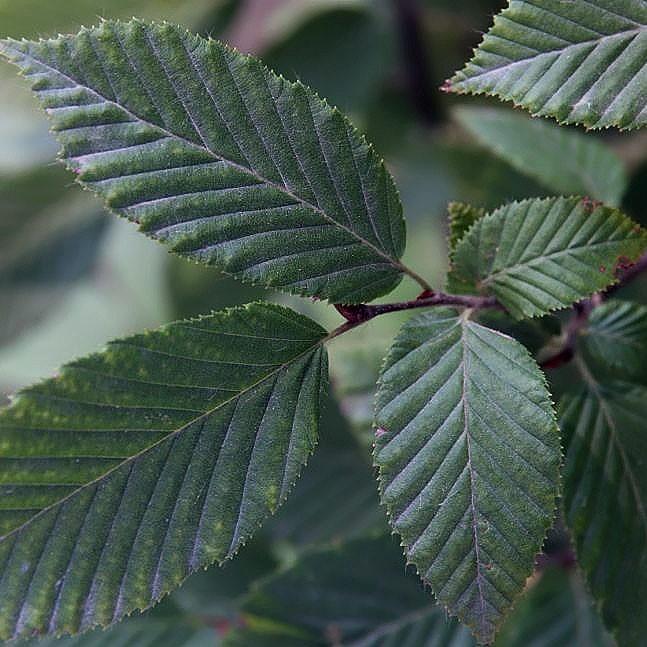The Upright European Hornbeam, also known as Carpinus betulus 'Fastigiata', is a deciduous tree that is native to Europe. It is characterized by its upright, columnar growth habit, which makes it a popular choice for formal hedges, screens, or as a specimen tree in landscaping.
The Upright European Hornbeam has dense foliage with serrated, dark green leaves that turn yellow in the fall. It produces inconspicuous flowers in the spring, followed by small winged nuts in the summer.
When it comes to growing conditions, the Upright European Hornbeam prefers full sun to partial shade and well-drained soil. It is relatively low-maintenance and can tolerate a range of soil types, including clay and loam.
|
Type: |
|
|
Origins: |
Europe and West Asia |
|
Height: |
30' - 40' |
|
Spread: |
20' - 30' |
|
Spacing: |
25’ |
|
USDA Hardiness Zone: |
4 - 8 |
|
Culture: |
|
|
Bloom Color: |
Yellow (male), Green (female) |
|
Season of Interest: |
MAINTENANCE NEEDS: Low maintenance plant. No serious pests or diseases.
LANDSCAPE USES: Specimen planting or Grove, Woodland Garden, Naturalized Areas, Screening, and Shade Tree.
COMPANION PLANTS: Serviceberry, Elderberry, Viburnum
IMAGES: Carpinus betulus Fastigiata 2zz, CC BY-SA 4.0, (5) Photo by David J. Stang, Carpinus betulus Fastigiata 3zz, CC BY-SA 4.0, (6) Photo © Mick Crawley (cc-by-sa/2.0)
*As plants have ranges in appearance they may not appear as the images shown.



























































